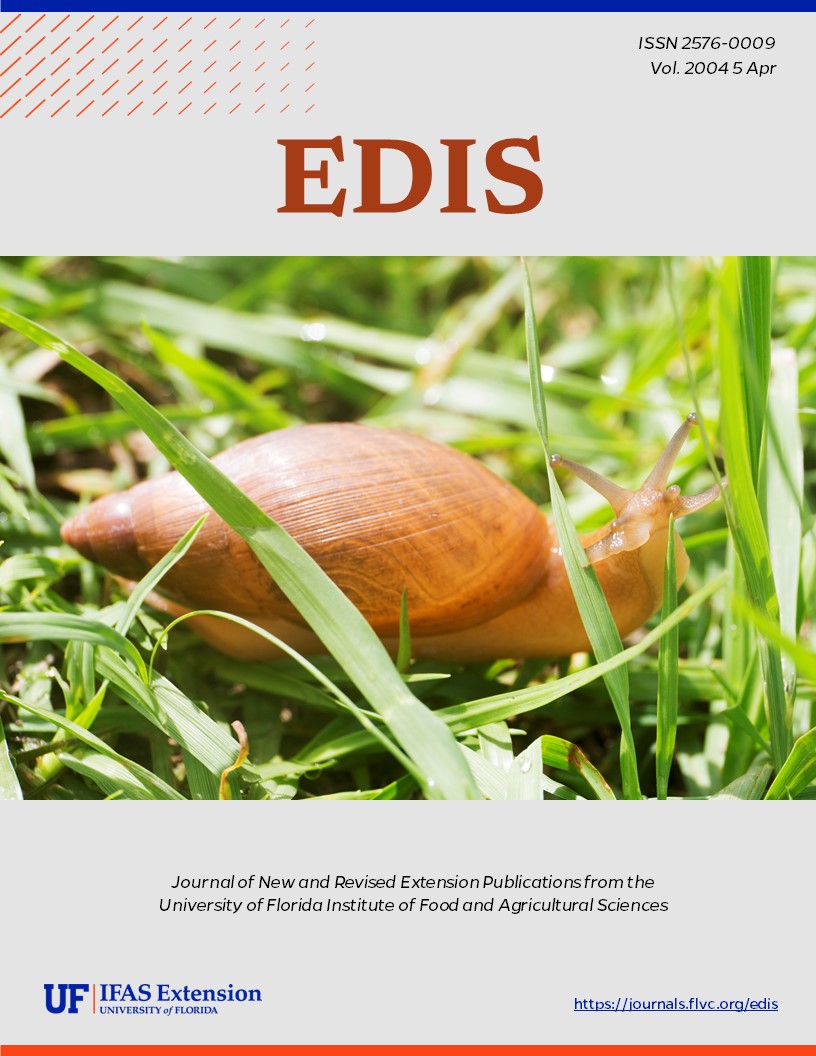Abstract
The white garden snail, Theba pisana (Mueller), is the worst potential agricultural pest of the helicid snails introduced to North America (Mead 1971). It is the most frequently intercepted foreign land snail (Hanna 1966, Mead 1971), generally arriving in shipments from the Mediterranean countries. Theba pisana shows a strong proclivity for climbing up and into freight for aestivation and is difficult to detect. This snail can survive long and arduous journeys because of its ability to form a wall of dried mucus, called an epiphragm, in the aperture of its shell which reduces water loss during dormancy. Theba pisana is capable of explosive reproductive rates where it has been introduced, and can be found in densities of up to 3000 snails per tree (Mead 1971) after periods of
less than 5 years (Chace 1915, Orcutt 1919). Once established, T. pisana causes severe defoliation of a number of plants, including citrus and ornamental plantings (Orcutt 1919, Pilsbry 1939, Abbott 1950, Dekle 1962, Hanna 1966, Mead 1971). Theba pisana was previously known as Helix pasana (Mueller). This document is EENY-197 (originally published as DPI Entomology Circular 2), one of a series of Featured Creatures from the Entomology and Nematology Department, Florida Cooperative Extension Service, Institute of Food and Agricultural Sciences, University of Florida. Published: March 2001. Revised August 2002.
EENY-197/IN354: White Garden Snail, Theba pisana (Mueller) (Gastropoda: Helicidae) (ufl.edu)
Unless otherwise specified, articles published in the EDIS journal after January 1, 2024 are licensed under a Creative Commons Attribution-NonCommercial-NoDerivs 4.0 International (CC BY-NC-ND 4.0) license.

